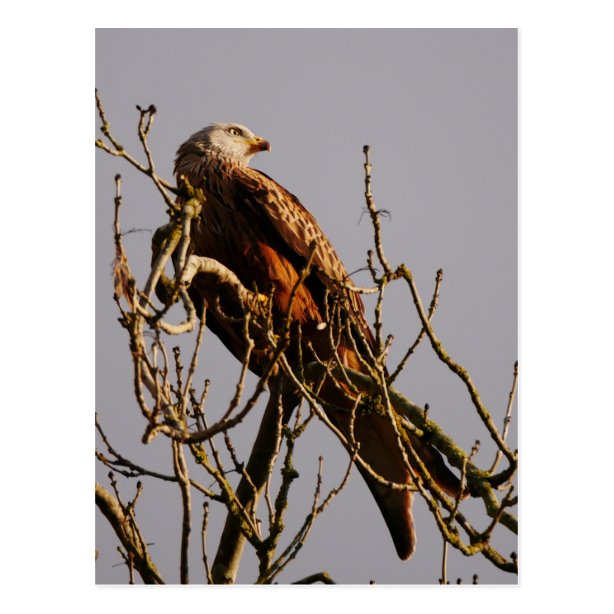


It’s through the efforts of the Kite Committee identifying, monitoring and protecting nests that the few red kites in Wales survived at all. In 1903, a small group of concerned naturalists formed the Kite Committee to protect red kites, so beginning one of the longest conservation projects in history. ( Deadly invaders: the non-native species threatening Britain's wildlife.) A study of red kite DNA in 1997 suggests that the population in Wales may have had just one successfully breeding female remaining at one point in the 1930s. Only a small population remained, hidden away in the hills of mid Wales. ( Read: Reports of raptor poisonings soared during the UK's lockdown.)īy the middle of the 19 th century the red kite was locally extinct in England, Scotland and Ireland. Whilst red kites do catch small mammals and earthworms, scavenging for carrion forms a large part of their diet.

Red kites became vermin, with a bounty paid for each kite killed.Īs well as gamekeepers and farmers who shot and poisoned red kites fearing they would harm their animals, kites were also killed to use for taxidermy, and a particular Victorian fascination for egg collecting further decimated their numbers. But in the 16 th century attitudes changed. Red kites were once widespread in urban and rural areas – in medieval times they were even protected as street cleaners in the city of London. The early 90s was a turning point for the UK’s red kites – a light at the end of a very long tunnel after more than three hundred years of persecution had left the species hanging on by a thread.

Ever since then, the Powell family have fed red kites on their farm every day of the year, come rain, wind or shine. The Powell’s serendipitous discovery had sparked an idea within the RSPB, which asked the Powell’s if they would be willing to have the first official red kite feeding centre at Gigrin Farm. “We thought we were in trouble, because these are protected species of course.”įar from it. “Next thing we know there was a call from the RSPB, and they wanted an urgent meeting,” says Powell. Thrilled with their visitors, the Powells continued to feed the kites with rabbits when they were available – and later with meat from the local butcher. “We hadn’t seen them in this area ever, so we were really quite excited with that.”Īt the time, these charismatic raptors with their distinctive forked tails and rusty hue, while still found in many parts of Western Europe, were a rare sight in the UK. “We came out from lunch one day and two kites were dipping down on the rabbit,” recalls Powell. Rather than waste the carcasses, the Powells deposited them in a field away from their herd of sheep to distract the crows and ravens from harming newborn lambs. At the time, the Powell’s enthusiastic spaniel was dispatching rabbits with ruthless aplomb.
#Red kite bird gifts Patch#
The Powell’s 200-acre farm sits in a peaceful patch of Welsh countryside next to the market town of Rhayader in mid Wales. In 1992, Chris Powell and his father Either unwittingly became involved in arguably the UK’s greatest conversation success story – the spectacular recovery of the red kite ( Milvus milvus). In the surrounding trees, red kites that have already arrived watch the field below with keen eyes in anticipation of what's coming. THE SKY rings with the distinctive mewling whistle of the red kite as hundreds of birds, spiralling with easy grace on currents of warm air, glide towards Gigrin Farm.


 0 kommentar(er)
0 kommentar(er)
